Attention!!
BEAR RESISTANT CONTAINERS AVAILABLE
Immediate Action Needed
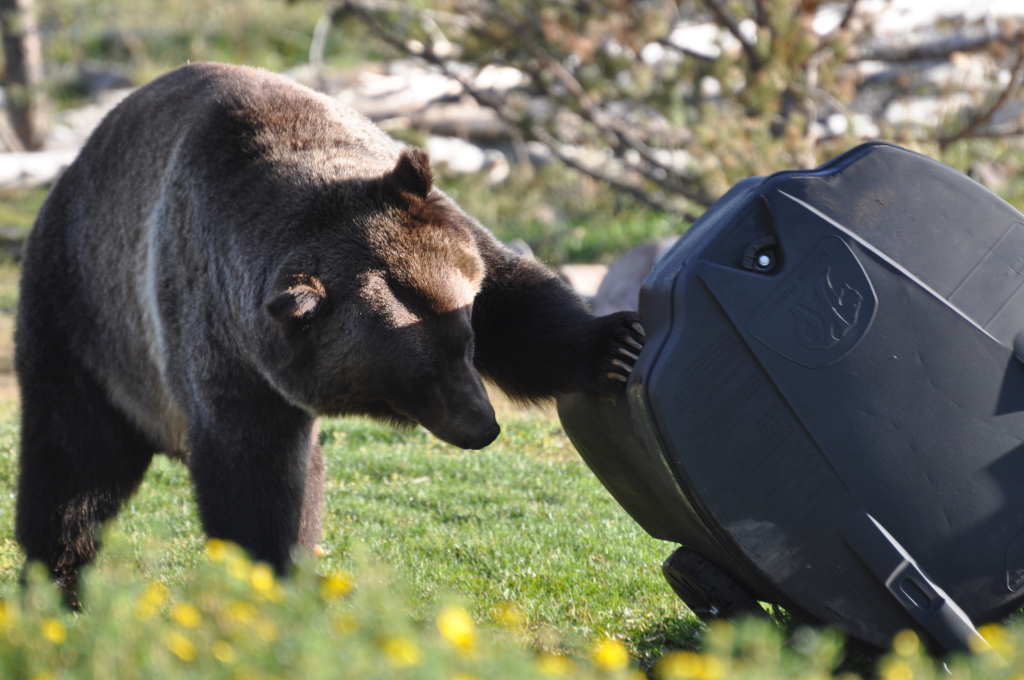
Continue reading Alert! Bear resistant containers available!

Continue reading Alert! Bear resistant containers available!
For Immediate Release: September 8, 2021
Contact:
Richard Hildner, NFLA President, richardhildner@icloud.com or
Flannery Coats, NFPA President, flannery.e.coats@gmail.com
Small Community Loses Grizzly Family
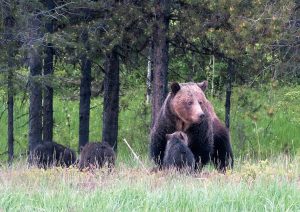
Polebridge, Montana [September 8, 2021] – Bear #418, known to locals as Monica, was euthanized Saturday, September 4th along with her three female yearlings, after receiving a multitude of food rewards over the past week. Due to several incidents involving improper food and garbage storage within an eight-mile radius of the Polebridge townsite the bears were ultimately deemed food-conditioned. Monica had been a resident female grizzly bear in the North Fork Valley for 17 years.
In response, two local non-profits, the North Fork Landowners Association (nflandowners.org) and the North Fork Preservation Association (gravel.org), will be working together, along with agency partners, to help improve food and garbage storage in the area as well as to make financial aid resources from conservation organizations such as Defenders of Wildlife and Vital Ground more readily available to residents and business owners in the North Fork.
The North Fork community deeply grieves the loss of Monica and her cubs and in the coming months will explore new avenues to further educate and assist residents and visitors in how to live and recreate in bear country in a manner safe for both bears and humans.
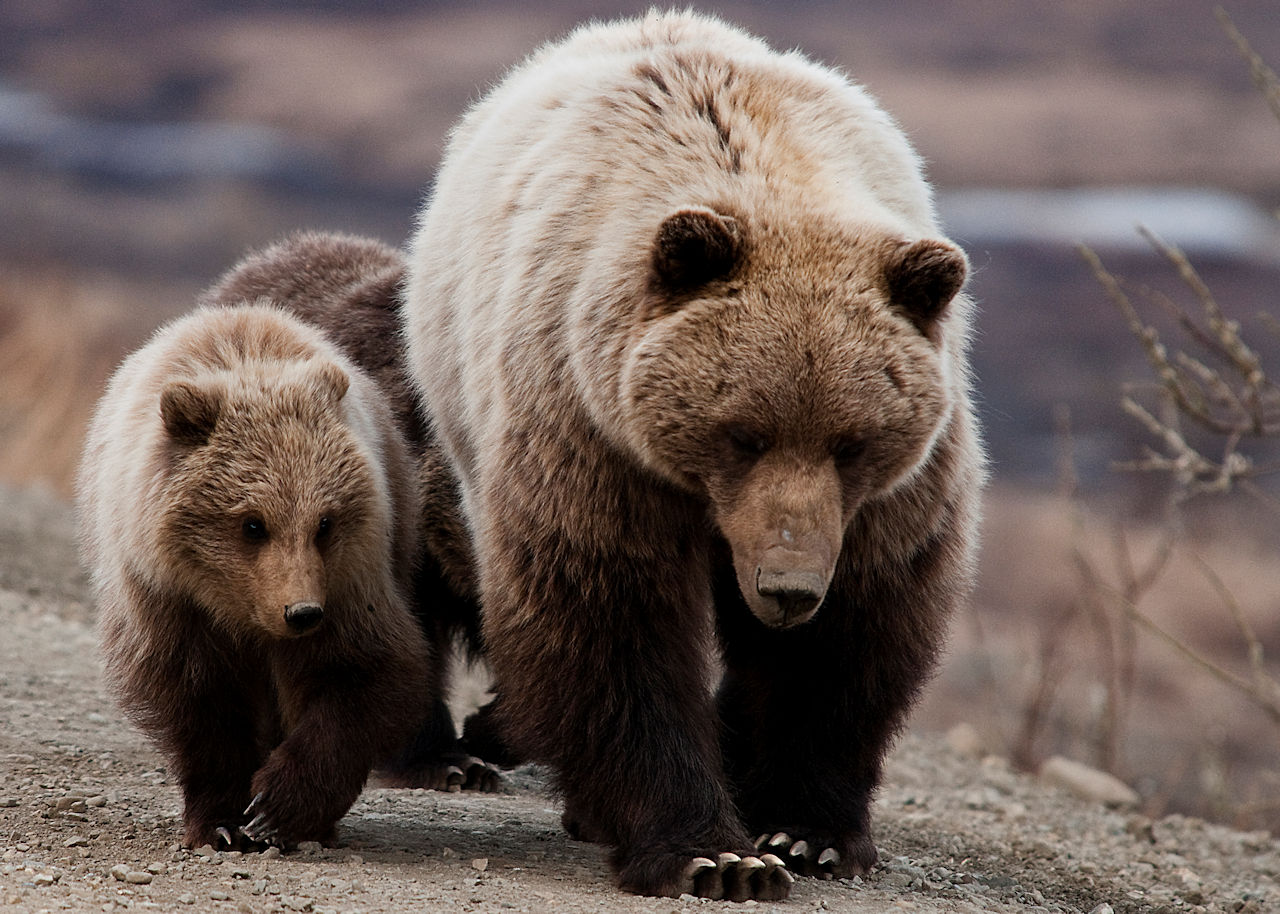
Spring has sprung, which means bears are emerging from hibernation and heading to the valley bottoms looking for something to eat. This piece from Montana Fish, Wildlife and Parks is a pretty good write-up . . .
Bears are emerging from dens across northwest Montana and residents are reminded to remove food attractants from their properties to avoid conflicts.
Montana is home to grizzly bears and black bears that roam the mountains and valley floors from spring through late fall before denning in wintertime. Starting in mid-March, bears begin emerging and move to lower-elevation areas seeking food.
Montana Fish, Wildlife & Parks encourages residents to “Be Bear Aware” and remove attractants every spring by April 1.
“With this year’s above-average snowpack, bears are coming out of their dens and digging out from several feet of snow. There’s no place for them to go but down toward the valley floor to feed,” said Tim Manley, FWP Region 1 Grizzly Bear Management Specialist.
Residents are asked to remove or secure food attractants such as garbage and bird feeders and bird seed. Chicken and livestock should be properly secured with electric fencing or inside a closed shed with a door.
Continue reading Bears emerging from dens across Northwest Montana

A timely reminder from Montana Fish, Wildlife and Parks . . .
Grizzly and black bears are emerging from dens, based on radio collar locations, track reports, and observations.
Males tend to emerge earlier than females; with the warming weather and increasing day length, more bears will be emerging in the coming weeks. As grizzly and black bears emerge, they will be moving to lower elevations to take advantage of the green-up of vegetation.
After a bear emerges, it takes a few weeks for its digestive system to get back to normal; the bear has been in the den for four to five months. The stomach and digestive system is empty so the bear starts out eating dry grass or roughage to activate the digestive system. Bears will be attracted to anything that smells like food.
By April 1, residents in bear country should take down bird feeders, secure garbage inside a closed garage or secure shed, feed pets inside, clean up chicken and livestock feed, and in general remove all odorous substances that can draw bears. Instead of putting out hummingbird feeders we recommend putting up hanging baskets of flowers instead.
A properly installed and maintained electric fence is an excellent way to protect livestock, poultry, beehives, rabbits, fruit trees, and gardens from bears. FWP has brochures and a webpage where you can get additional information on electric fencing at: http://fwp.mt.gov/fishAndWildlife/livingWithWildlife/beBearAware/bearAwareTools.html.
Hikers, mountain bikers, hunters, and other recreationalists should carry bear spray, keep it readily available for use, and know how to use it.

It’s that time of year. Montana Fish, Wildlife and Parks is busy dealing with nuisance grizzlies as they fatten up ahead of winter hibernation. One two-year-old delinquent was captured near the county landfill and turned loose up the North Fork’s Whale Creek drainage . . .
Wildlife managers captured a 5- or 6-year-old, 365-pound, adult male grizzly bear above Lake Blaine on the east side of the Flathead Valley Oct. 19 after the bruin was reported to have been damaging fruit trees in the area.
Officials with Montana Fish, Wildlife and Parks relocated the bear to the east side of Hungry Horse Reservoir. It was fitted with a GPS collar and had not been captured previously
Meanwhile, managers also caught a 2-year-old male grizzly across U.S. Highway 93 from the Flathead County Landfill after the bear was reportedly eating apples at a residence.
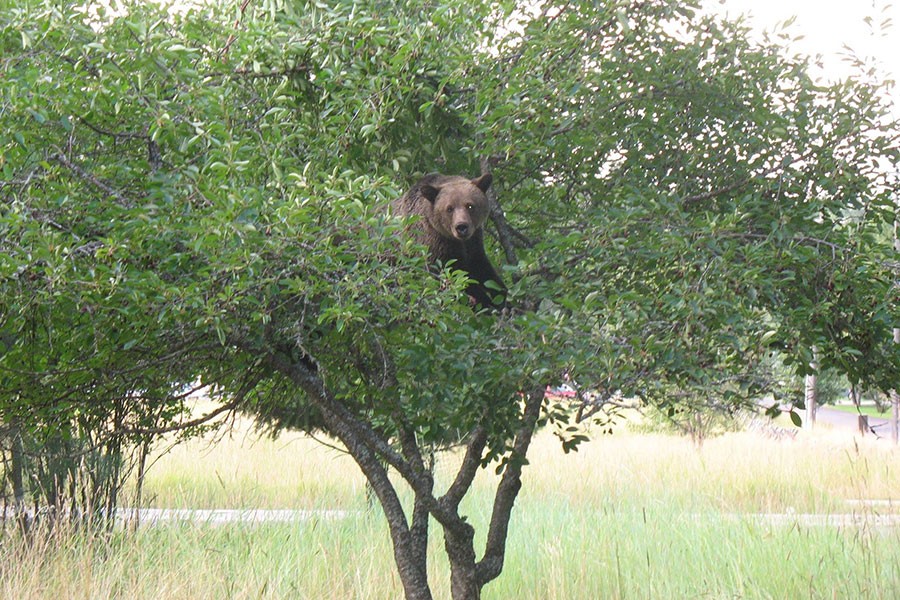
Here’s the official press release regarding those two delinquent grizzlies that were captured near Whitefish and released near Frozen Lake a few days ago . . .
A young grizzly showed up in Whitefish on August 9 on Dakota Avenue in a residential area. Grizzly Bear Management Specialist Tim Manley set a trap in the late morning near the cherry tree the bear was observed in. The bear was seen several more times that evening near Wildwood Condos and the Lodge at Whitefish Lake.
The bear was captured in the trap on August 10 about noon. It was an unmarked, 2-year old male that weighed 158 pounds with no previous management history. The bear was released on August 11 near Frozen Lake on the BC border.
On the afternoon of August 9, a trap was set for a grizzly bear south of Blanchard Lake. The bear had gotten into dog food and garbage. That bear was captured early in the morning of August 10. It is an unmarked, 4-year old male, weighing 245 pounds with no previous management history. This bear was also released near Frozen Lake.
Both bears were fitted with GPS satellite collars.
Manley says that some grizzly bears are staying in the valley bottom to feed on serviceberry and hawthorn berries. Fruit trees also have apples, plums, and pears that are ripening up right now. Residents should pick their fruit as soon as possible and also make sure other attractants such as garbage, pet food, and bird feeders are not available.
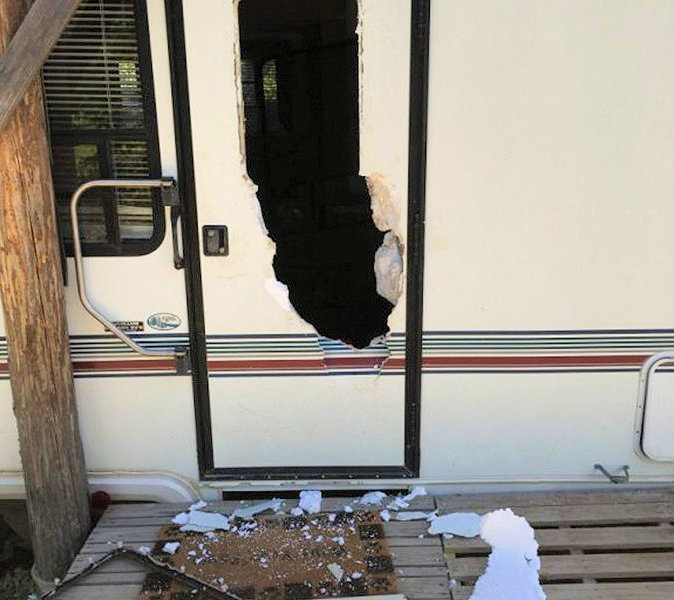
The day it was captured, I saw this bear eating serviceberries along the North Fork Road. Another unfortunate example of the fate of many bears that develop the habit of breaking into human structures in search of food. Darn it . . .
State wildlife managers killed a female grizzly bear after the animal broke into three camp trailers in the North Fork of the Flathead River drainage.
John Fraley, spokesperson for Montana Fish, Wildlife and Parks, said an adult female grizzly bear was captured July 29 on private property south of Red Meadow Creek. A bear had broken into three camp trailers, which were unoccupied at the time but where people had been living.
According to Grizzly Bear Management Specialist Tim Manley, the bear was captured in a culvert trap that was set within two feet of one of the trailers. The trailers had been broken into on the evening of July 28. Once inside the trailers, the bear ate dog food along with food in the cupboards.
Also read: Grizzly bear euthanized after breaking into trailers (Missoulian)
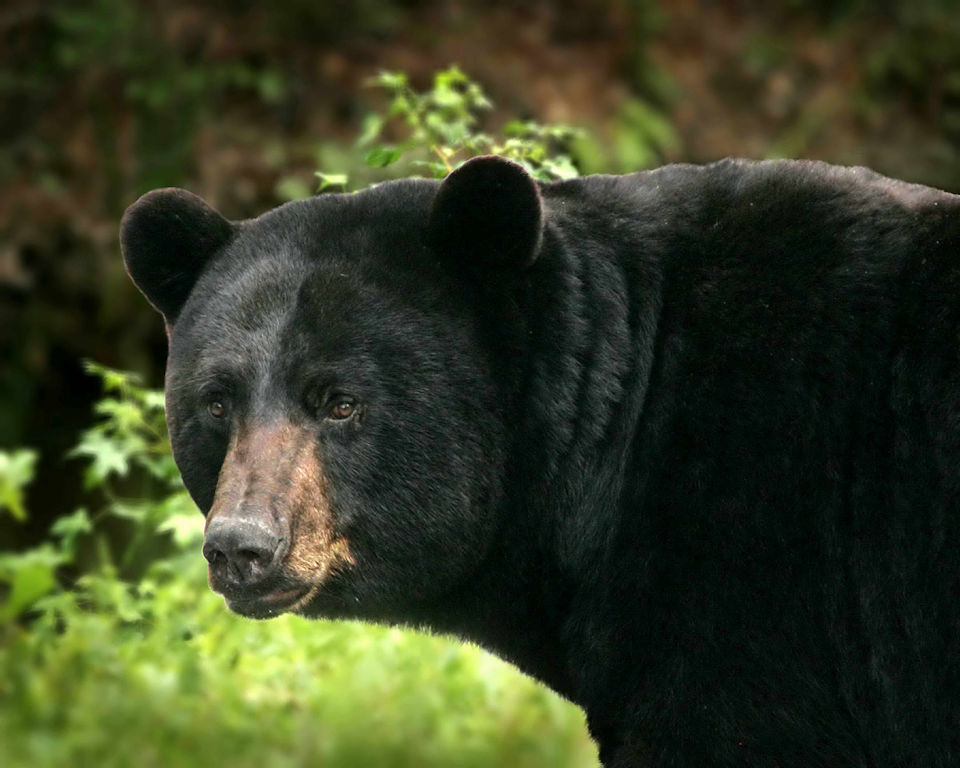
From a Montana Fish, Wildlife and Parks press release . . .
A 3 year old male grizzly bear was captured April 10th at a private residence along Tamarack Road northwest of Columbia Falls. The 211 pound bear was captured by FWP Bear and Lion Specialist Erik Wenum after the resident reported a bear had killed some of his young chickens.
The young bear was anesthetized, radio-collared, and released by Grizzly Bear Management Specialist Tim Manley. The Interagency decision was made to release the bear back into the wild since it had no previous known conflicts. The grizzly bear was released on the afternoon of April 11th in the Whale Creek drainage of the North Fork of the Flathead, 34 straight line miles from where it was caught.
Black bear activity has picked up as well. FWP Bear and Lion Specialist Erik Wenum reports that he has handled two problem bears in the last two days and is attempting to trap four other black bears that have ranged close to residences. Wenum reminds
residents to take down bird feeders, secure garbage, feed pets inside, clean up chicken and livestock feed, and in general remove all odorous substances that can draw bears.
On Monday morning, a radio tracking flight was conducted to locate radio-collared grizzly bears in the Swan and Mission mountains. A total of 8 radio-collared grizzly bears were located. Seven of the bears were out of their dens, but still in the upper elevations in the snow. A total of 16 grizzly bears were observed which included cubs, yearlings, and two-year-olds that were with their mothers.
Additional flights are planned during the month of April to locate radio-collared grizzly bears in the Whitefish Range and the Middle Fork of the Flathead. One of the main objectives of the flights is to get visuals on adult females and the number of young they have when they first emerge from their dens. This allows biologists to track cub reproduction and cub survival throughout the year.
Manley reminds residents and recreationists to secure attractants and carry bear spray while in bear country. Residents can also protect their chickens, beehives, and other livestock from bears by properly installing and maintaining an electric fence. For more information you can visit the FWP website at http://fwp.mt.gov/fishAndWildlife/livingWithWildlife/beBearAware/ or at http://fwp.mt.gov/fishAndWildlife/livingWithWildlife/beBearAware/.
See also: Bears emerging early have run-ins with Montana residents (Missoulian)
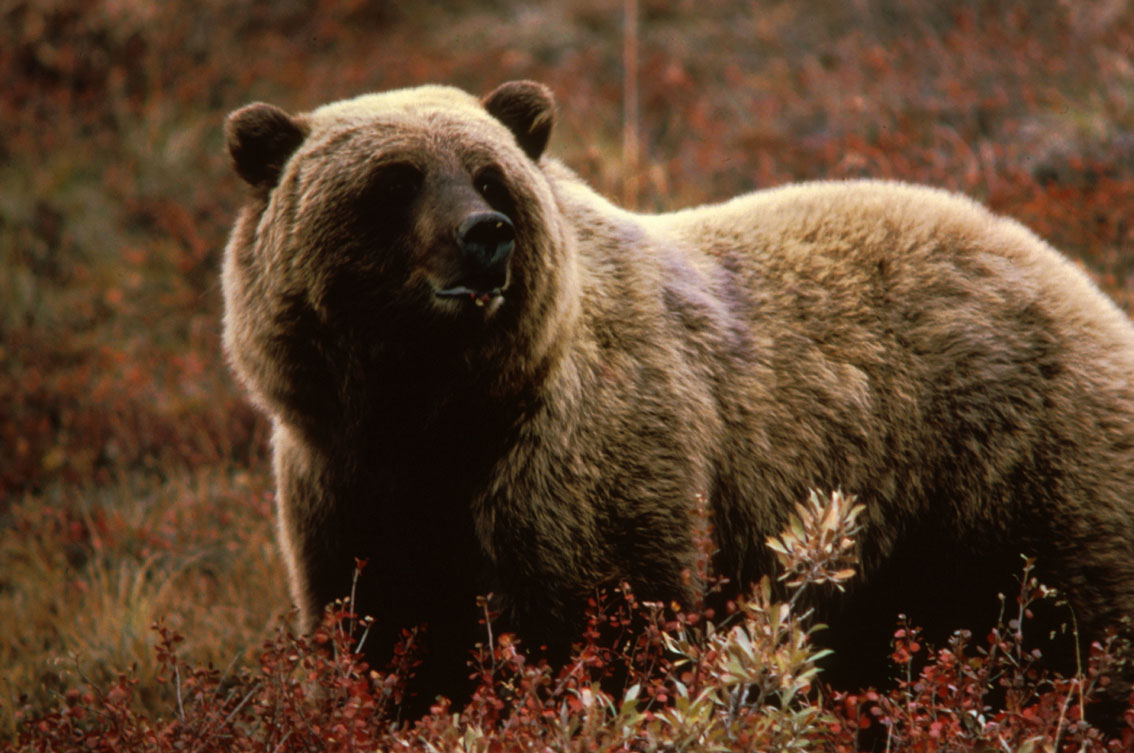
Here’s a good article from the Flathead Beacon about the local bears emerging from hibernation. It also discusses the usual spring headache of people not securing bear attractants . . .
With the arrival of spring, bears are emerging from their mountain dens and descending into the lower valleys in search of food, and one young bruin has already pried its way into a Whitefish home to snack on leftover Easter candy.
As local black bears and grizzlies begin to stir in the Flathead Valley, wildlife managers are receiving an uptick in reports of bear sightings and conflicts, prompting wardens to issue a stern reminder to residents who forget to lock up pet food, bird seed, trash, and other food attractants.
“It is entirely avoidable if we start at the beginning of the season and make a conscious effort to secure these food attractants,” Erik Wenum, bear and lion specialist with the Montana Fish, Wildlife and Parks, said. “Bears don’t just go from wandering around in the woods doing bear things to going into homes. It’s a taught learning curve.”
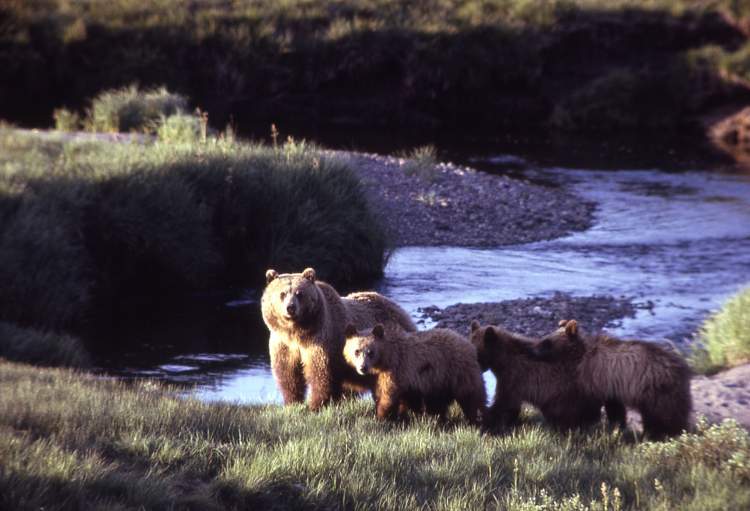
A springtime reminder from Montana Fish, Wildlife and Parks . . .
With a mild end of the winter, some of Montana’s hibernating black bears and grizzly bears are beginning to stir.
Adult males usually emerge first from winter dens in mid-March, but some bears have been sighted in Yellowstone National Park. When bears emerge from their dens they are physically depleted and food is a priority.
Bears are often tempted to go where raccoons and domestic dogs are getting into garbage. If these animals are already causing problems nearby, consider it an early warning that food attractants are available and need to be removed.
Montana Fish, Wildlife & Parks’ bear experts stress that conflict prevention steps can greatly reduce the chances of attracting black and grizzly bears.
FWP recommends bear resistant bins in communities and on ranches; electric fence systems to protect bee yards and sheep bedding grounds; random redistribution of livestock carcasses each spring; and educational programs in schools and communities.
FWP’s Be Bear Aware website at fwp.mt.gov is an easy way for homeowners and landowners to assess what they need to do now to prevent bear conflicts. Go there for tips and tools on obtaining and using bear spray, safe camping and hiking, access to bear resistant products and a guide to other items that attract bears to a property.